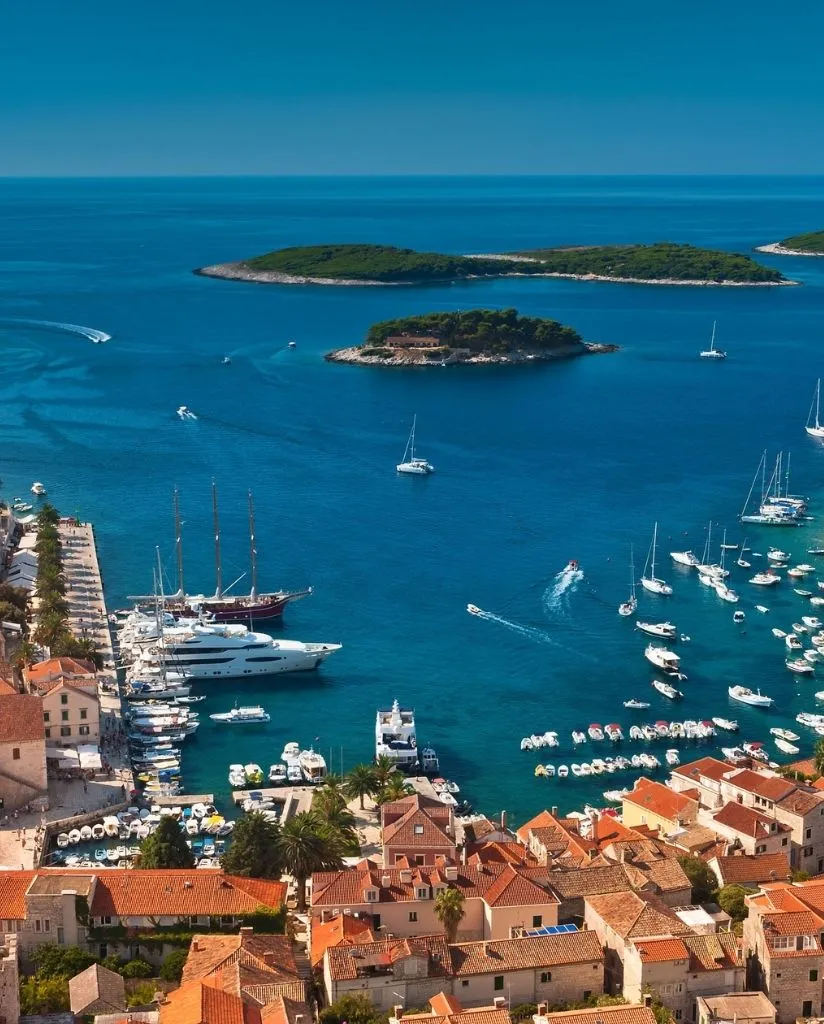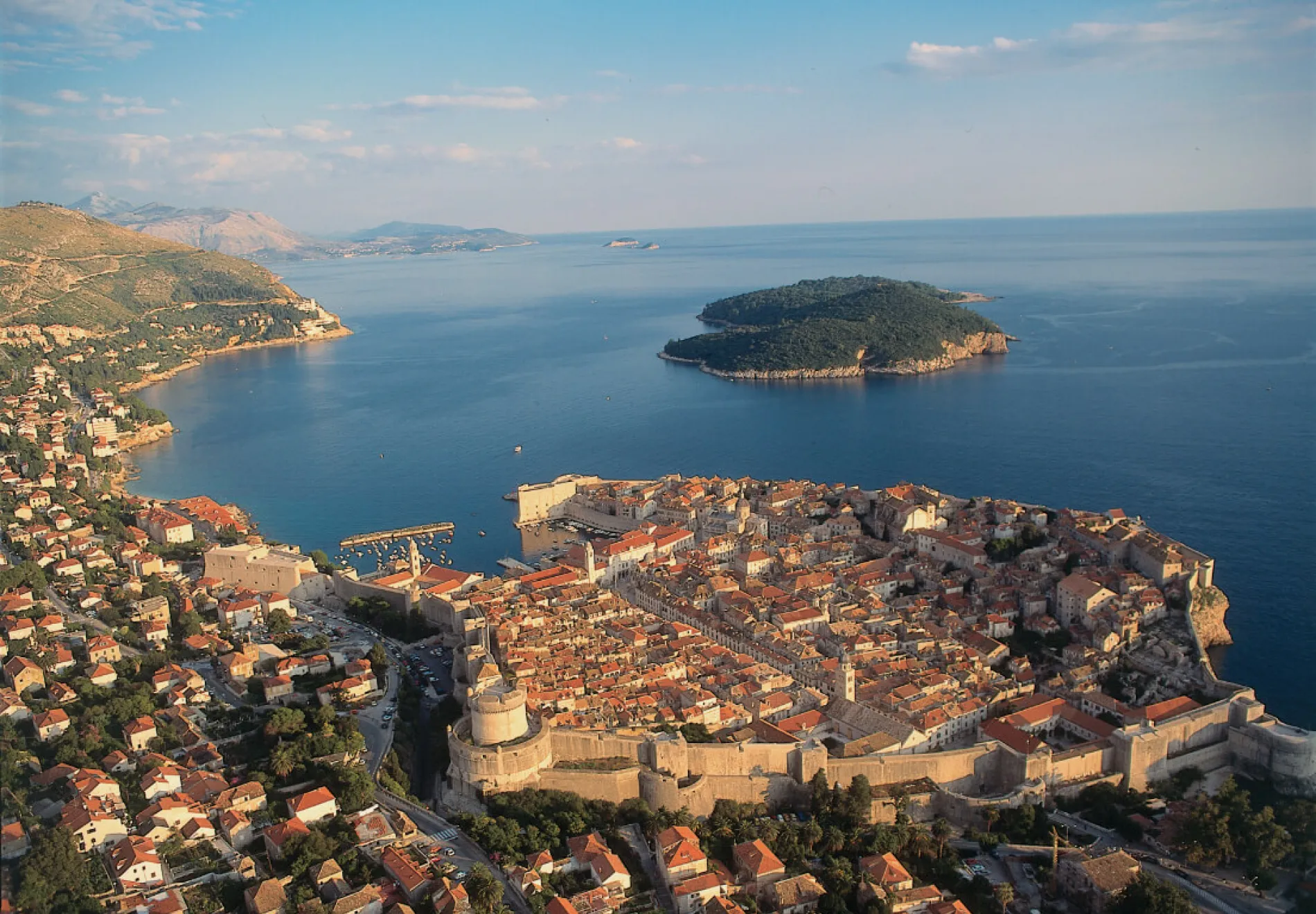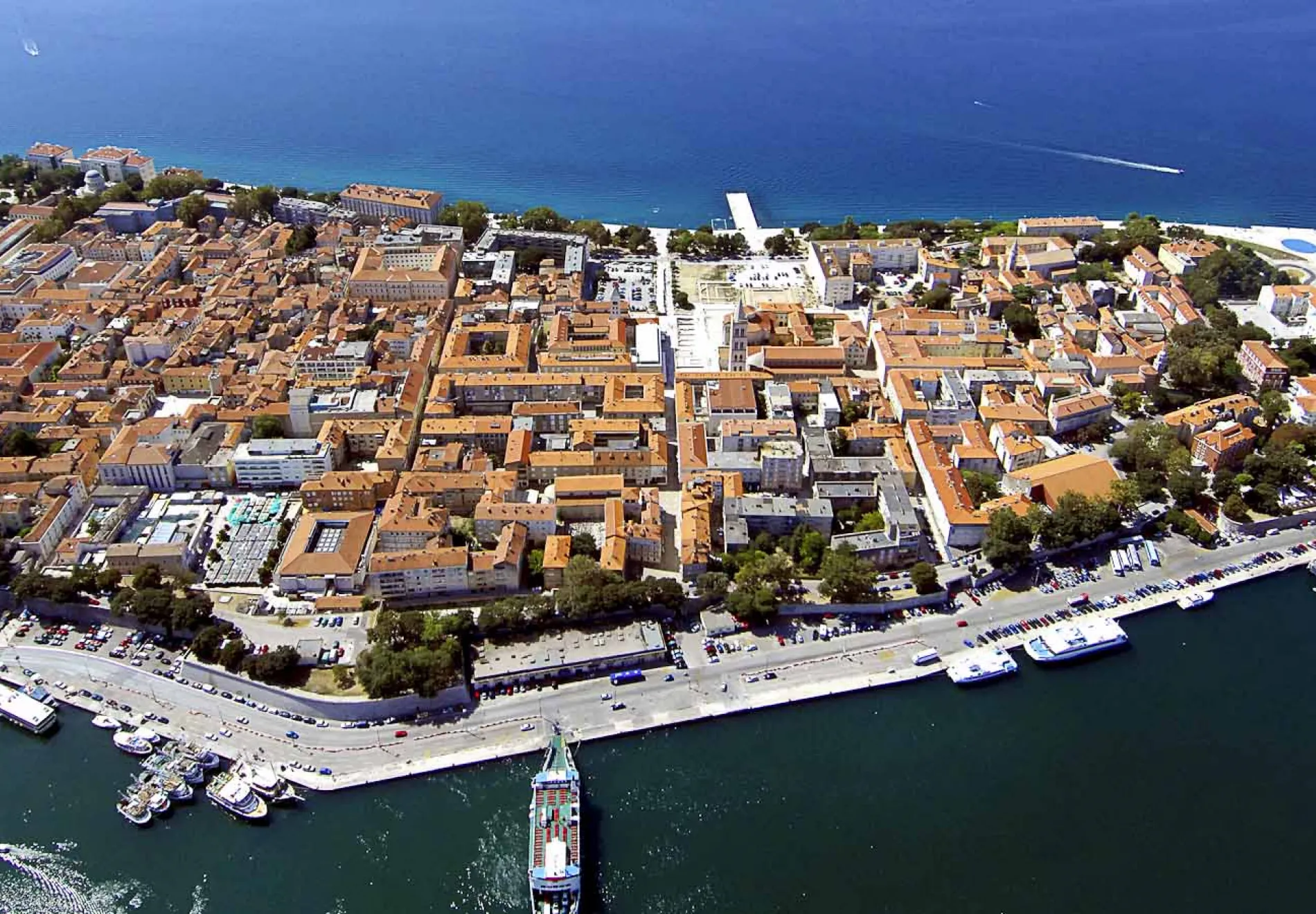
Jeremy Burton’s Reflections on the Dalmatia Coast from the expert
After a life of business travel covering more than a hundred countries worldwide, finding uncharted territory required careful planning now that retirement has freed up time for more leisurely traveling.
As a younger man, I would think nothing of hopping on a plane for a 12 hour flight but with the passing of the years and increasingly tiresome airports, the attraction of something nearer home looks more and more appealing, and with this in mind, Croatia came into my sights for the first time a couple of years ago, a blank in the list between Costa Rica and Cyprus.
Previous leisure vacations had established the enthusiasm for river and coastal cruising, especially on the great rivers of Asia: the Mekong in Laos, the Kwai in Thailand and the Irrawaddy in Myanmar, and it became clear that the coast of Croatia could offer a similar experience.
However, I was not looking for the sort of ship designed to cross oceans carrying thousands, but something more intimate, and so it was that we discovered coastal cruising in Croatia.

Where to start the trip? Well, the heritage city of Dubrovnik, of course, a city is known worldwide for its charming setting in the south of the country near the border with Montenegro.
However, it has had a chequered history like many of the surrounding countries, most recently suffering severe shelling during the 1991 Yugoslav war.
Today it has fortunately been largely and carefully restored and consequently attracts vast numbers of visitors in the summer months, many from the increasing number of large cruise ships often moored in the bay.
Fortunately, there is plenty of room for smaller craft carrying tens rather than thousands of passengers that can ply their routes more easily into the crannies and nooks of this beautiful coast. Typically these ships can handle only 20 or 30 passengers plus a crew of four or five, and provide onboard catering and drinks during the day or in the evening, while berthed in a quiet cove or in one of the many historical towns to be found all the way up the coast towards the Italian border.
The leisurely pattern of a typical day can involve a couple of hours on the move, a morning stop for an excursion and a coffee, a town visit or a national park, a leisurely lunch on board and in the afternoon a swim in the inviting blue waters which separate the myriad of islands that make up this country’s coast.
Croatia does not look to be that large on the map which might encourage you to think you can cover it all in one go, but that would be a mistake. After all, it will be there next year and the year after, so why not take it in easy stages?
As mentioned above Dubrovnik should probably feature on the first visit, but there is plenty to fill a week or more, even if you do not go further north the ancient city of Split, including stops at the laid-back islands of Brac and Hvar with its bars, restaurants, and nightlife: for the young-at-heart the music venues and for all-age families, the chance to sit in the squares for a drink and watch the passers-by.

Split itself now counts as one of my all-time favorite cities: its Roman history, its cathedral, and the atmospheric underground market under Diocletian’s Palace.
We were sufficiently enthused from this first trip to book a second a year later but this time starting further north, flying into the small airport in Rijeka near the Istrian Peninsular. Yet again we easily slipped into the slow pace of life which the high summer temperatures induce in the local population, meandering down the coast to yet more attractive villages and beauty spots whose azure waters induced almost all to a pre-prandial swim. The itinerary focusing on the two islands of Krk and Cres and their towns of the same names.
The island of Cres also boasts the town of Mali Losinj, famous for providing half the world’s sea-captains it is claimed, but our favorite in these parts was definitely the town of Cres itself with its pretty traffic-free inner harbor, narrow streets and specialist shops selling olive oil and wine. The only drawback is having to reconcile the opportunity to try one of these harbour-side restaurants with the pressure to join fellow-passengers for an on-board meal in good company.

Fortunately there still remains the middle part of the Croatian coast based in the town of Zadar to explore on our next visit, and one should not forget that there exists a whole area of the country away from the coast with the country’s capital Zagreb at its centre, also well worth a side trip through undulating wooded slopes and farmed plains.
And the highlight of our trips to Croatia?
The unexpected opportunity to witness a local wedding on Hvar, with street dancing in national costume and the gentle welcome offered to pass visitors like ourselves to share in the joy of the occasion.
About the Author:
JB took a degree at Churchill College Cambridge in Modern Languages and subsequently took up a number of positions in aviation and IT (IBM) and aviation technology, including working on the original Airline Reservation System at BOAC in the 1960s. Understandably this involved a high level of travel amounting to nearly 2.5 million miles to over 100 countries worldwide (currently 108) using nearly 120 different airlines and 225 airports.
I have so far survived shipwrecks in Thailand, being held up by rioting peasants in Bolivia and Panama, and nearly being imprisoned in Algeria for unavoidably breaking the night curfew.
I still found time to raise a family, all three generations well traveled, having lived overseas in the USA, Netherlands, and Singapore over the years, one daughter permanently in Thailand.
Interests include hiking, Asian artifacts, photography, painting, technology and discovering new countries (Namibia, Botswana, and Slovenia currently on the list, with Montenegro, Serbia, Bosnia, Uzbekistan and Turkmenistan targeted for 2014.
Yachting Insights & Inspiration
Our passion for yachting extends beyond our fleet. The Goolets Blog is our journal of expertise, where we share insider knowledge, travel inspiration, and expert advice to help you dream and plan the perfect charter holiday. Dive deeper into the world of luxury yachting.



